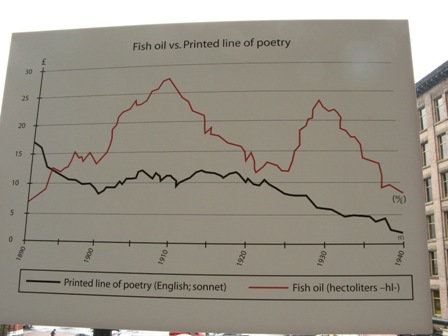A Key Line:
The first time the imagery of fire appears in Felicia Hemans’s poem, “Casabianca,” it is a figure of illumination: “The flame that lit the battle’s wreck / shone round him o’er the dead” (3-4). Not only does this fire literally make the scene of the boy, the ship, and the battle scenario visible, but it also illuminates the poem itself from within. In other words, the poem suggests within its own text one way of reading and interpreting it. This essay traces the ever-present yet subtly shifting image of fire in “Casabianca” as a means of constructing a compelling interpretation of the poem. The hypothesis is that following the flame will reveal Hemans’s text to be a symbolic critique of war.
An Outside Image:
There’s a moving scene in the recent blockbuster film franchise Pirates of the Caribbean, in which a young boy demonstrates amazing courage in the face of death when all the adults around him are acting like cowards. What is striking about this image is not that it is something new, but, rather, that it is so familiar because it can be found in many texts, especially about boys and the sea. From Peter Pan to the children in 20,000 Leagues Under the Sea or Jim Hawkins in Treasure Island to so many children’s movies today, there are numerous accounts of young boys demonstrating courage in juxtaposition with cowardly adults. But if this is just a simple image of a child’s surprising courage, it seems unlikely that the image would be so long-lasting. There must be something more complex to this, and this essay explores these complexities.
Still hating it.
15 years ago

No comments:
Post a Comment